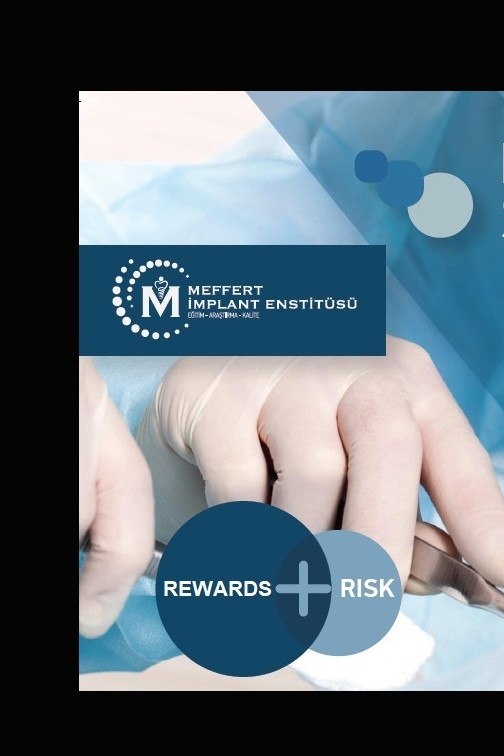Immediate Loading of Severely Resorbed Complete Edentulous Jaws Utilizing A Novel Osseous Densification Approach
Immediate Loading of Severely Resorbed Complete Edentulous Jaws Utilizing A Novel Osseous Densification Approach
Background:
Immediate function has become an accepted treatment modality for fixed
restorations in complete edentulous patients. It is well known having
sufficient bone volume and density at the implant site to achieve primary
stability, which are crucial for osseointegration and immediate loading. A new
osteotomy technique has been recently introduced to increase primary stability
by preserving autogenetic bone chips at the implant site. In this report, a
novel osseous densification approach was utilized in the treatment of complete
edentulous patients, loaded immediately. The treated patients showed 100%
survival rate in the first 6 months. Objective: The
current report purpose was to evaluate the clinical and radiographic outcomes
of immediately loaded full arch fixed prosthesis using a new osteotomy
technique. Material and Methods: Two consecutive patients received 7 implants
(NobelBiocare, Parallel and Active, NobelBiocare) supporting 2 jaws (maxilla).
The immediate restorations were supported by four implants, of which the two
posterior implants were tilted. A new drilling technique (Densah, Versah) was
used when bone volume and/or density was not enough to achieve a primary
stability. The provisional functional acrylic prosthesis was delivered at the
same day of the surgery. All patients were followed for 5-6 months. Survival
rate was determined at the patient and implant level. Radiological measurement
of the marginal bone levels was performed. Results: The
overall follow up was 5-6 months. There was no an implant failure in the first
6 month of the surgery, rendering cumulative survival rate 100% at the implant
and patient level. The average marginal bone loss was 0.3 mm. Survival and
success rate in the axil and tilted implants were not different. Good soft tissue
was observed in the patients.
Conclusions:
The present report indicated that a new drilling technique in the fully
edentulous patients requiring an immediate loading with a low bone volume
and/or density can be used successfully, and that acceptable marginal bone
levels can be maintained.
Keywords:
Osseous Densification,
___
- References
- Başlangıç: 2017
- Yayıncı: Meffert İmplant Enstitüsü
